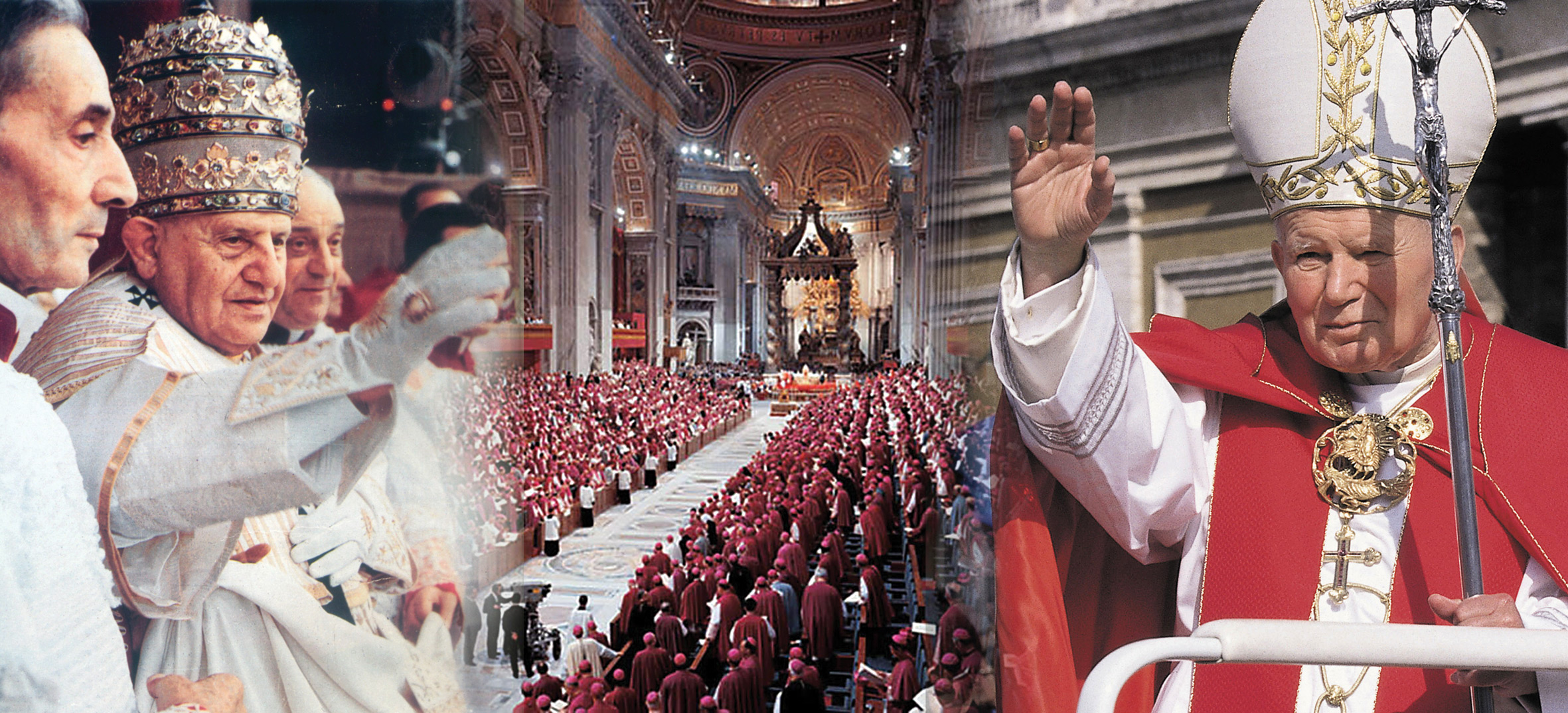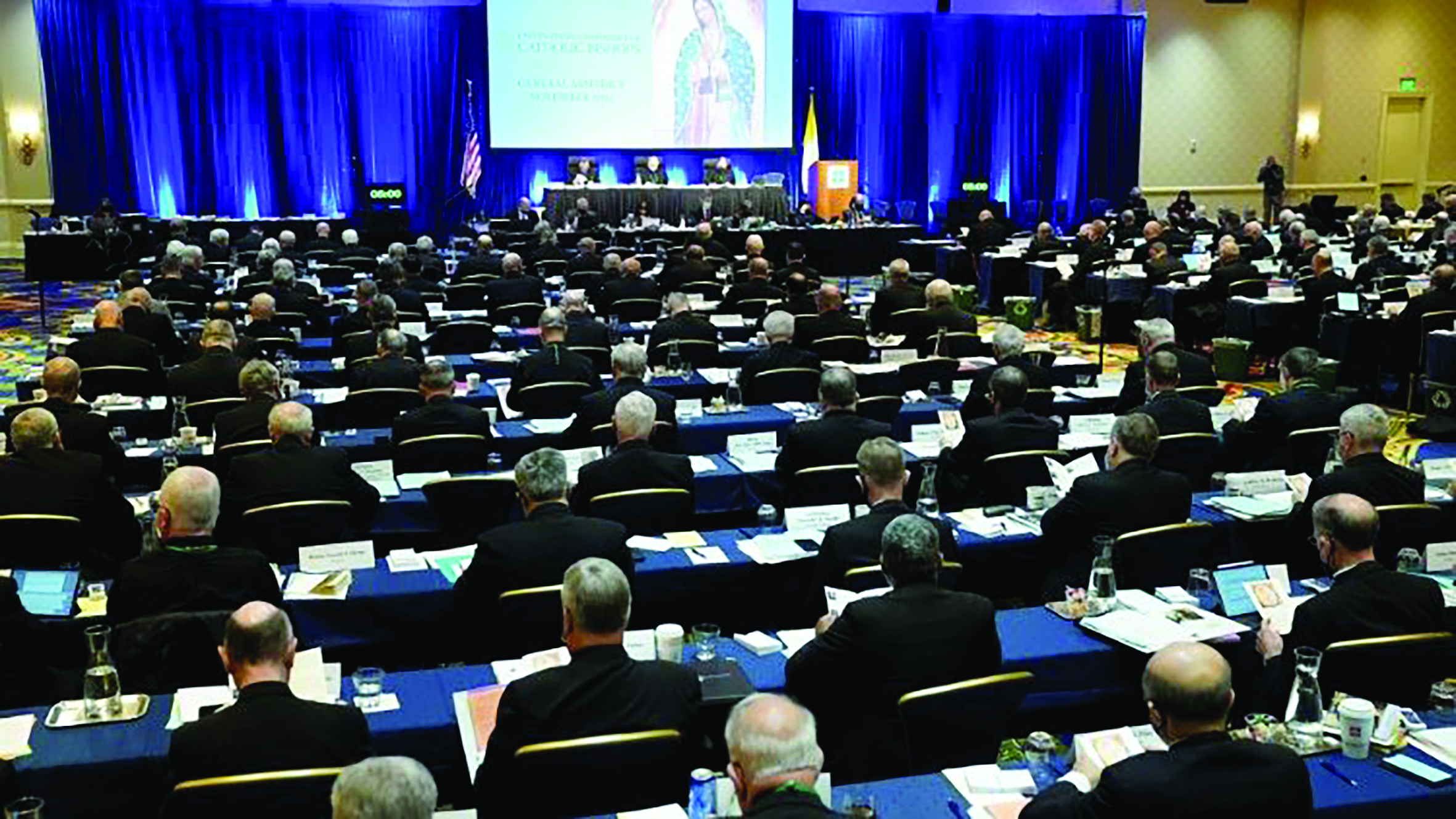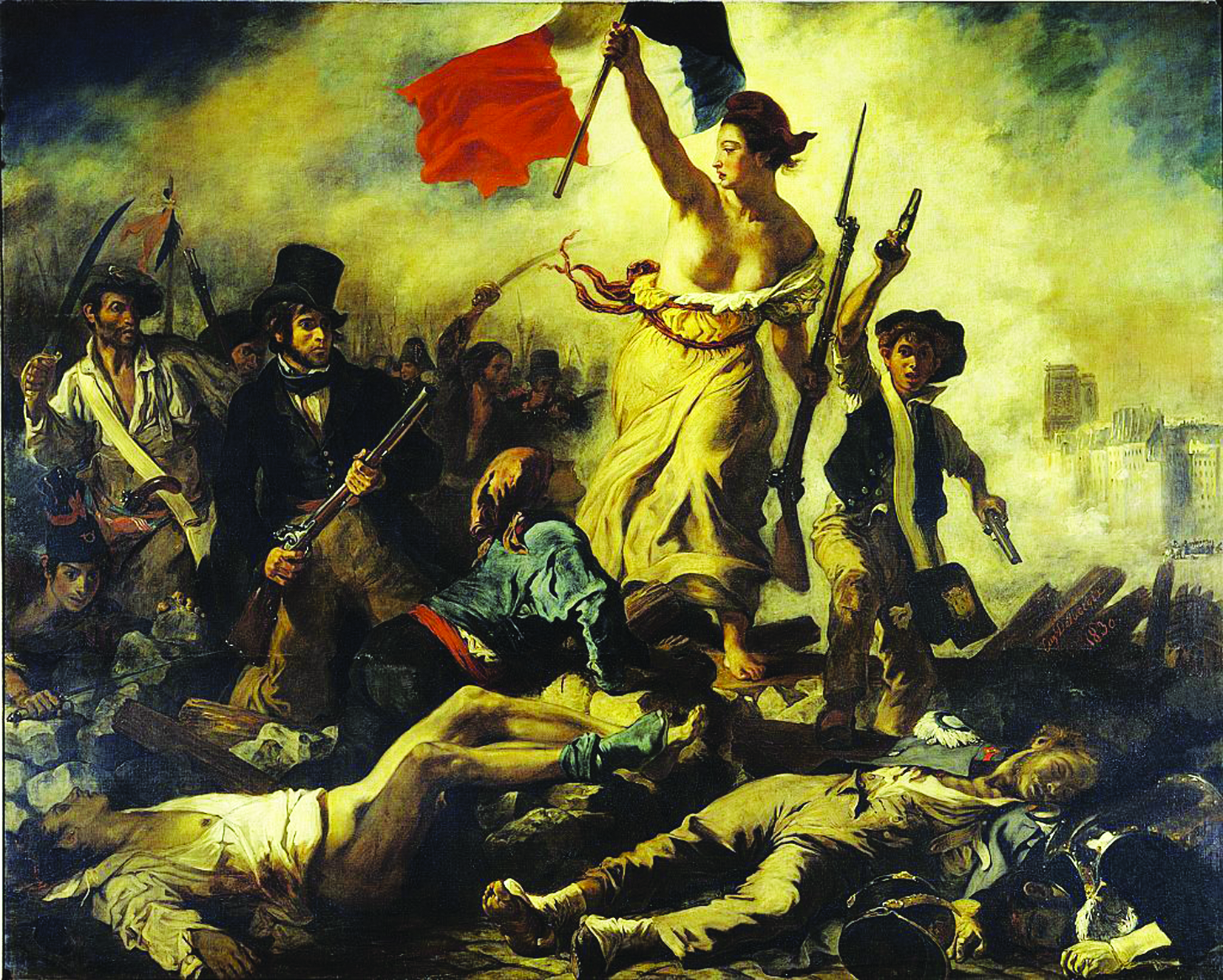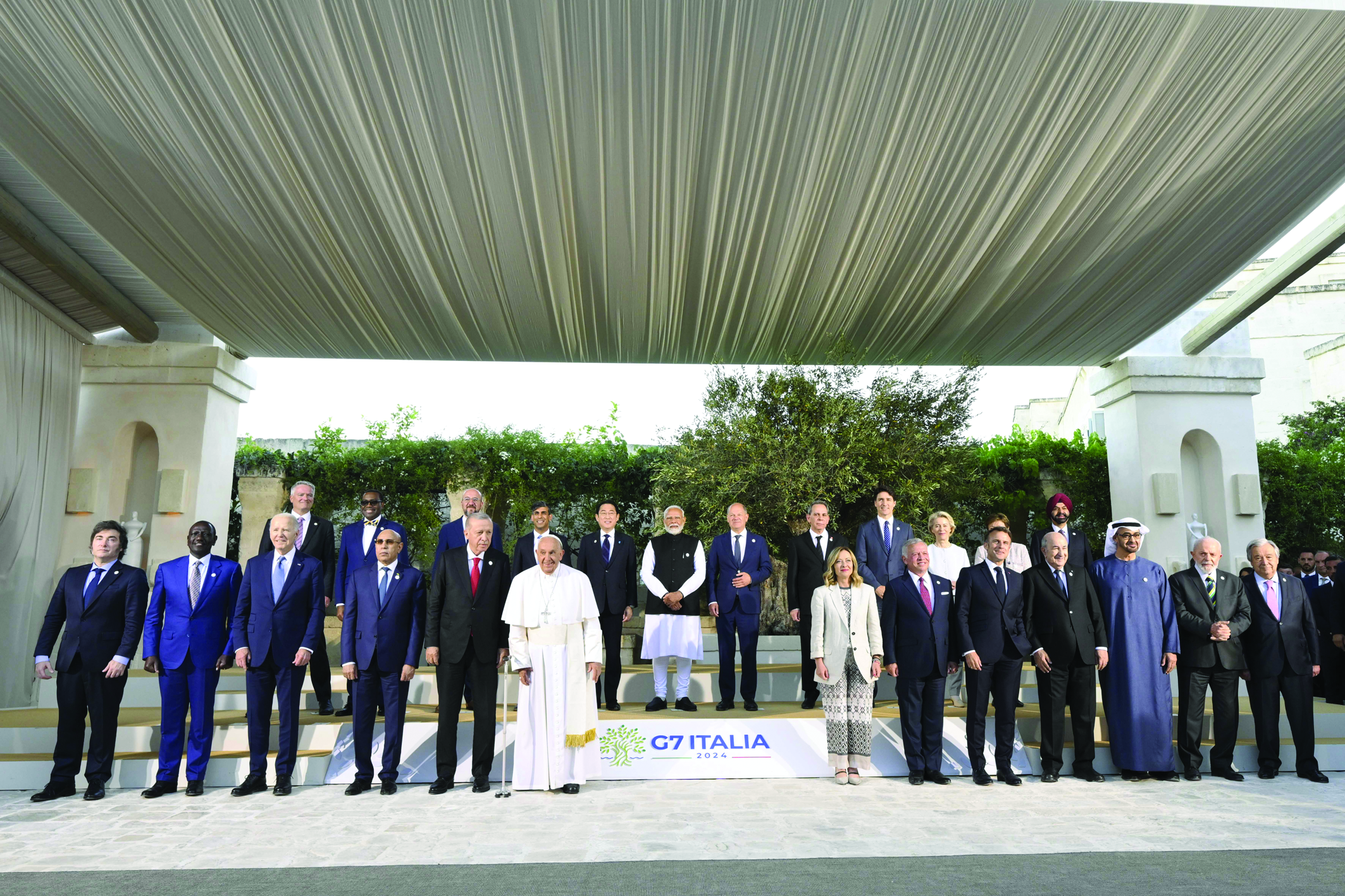The two saints to be canonized on April 27, both Popes, had much in common. Both were committed to the Second Vatican Council, and both defended the dignity of the human person.
The two holy pontiffs whom the Church canonizes this month, Pope John XXIII and Pope John Paul II, were very different men. They proceeded from two distinct cultures, from times overlapping but offset, each with his own particular charism and personality.
Yet, two clearly distinguishable threads link the pontificate of John XXIII to that of John Paul II. The first is the Second Vatican Council, launched by John XXIII and decisively carried forward by John Paul II.
Without a doubt, the most important legacy of good Pope John was his decision to convoke the Council, a gesture that John Paul viewed as “a truly prophetic insight.”1 Since he died less than a year after its opening, Pope John never saw the conclusion of the Council and did not participate in its application. Like Moses who never entered the promised land, yet glimpsed it from afar, he looked forward to great spiritual fruit for the Church and all of humanity. Waxing poetic, he declared: “The Council now beginning rises in the Church like daybreak, a forerunner of most splendid light. It is now only dawn. And already at this first announcement of the rising day, how much sweetness fills our heart. Everything here breathes sanctity and arouses great joy.”2 Indeed, such was his spiritual hope for the Council that he imagined that the very ashes of St. Peter and of so many other Popes buried in St. Peter’s Basilica “seem to thrill in mystic exultation” in this solemn hour.3
Pope John Paul shared John’s enthusiasm in the providential character of the Council, and its faithful application was the central thread running through his entire 27-year pontificate.

Top, a photo from the evening of October 11, 1962, when St. Peter’s Square was filled to thank Pope John XXIII for convening the Second Vatican Council, which began that morning. Pope John spoke to the crowds, asking them give a “caress” to their children when they returned home.
In John Paul’s words, the documents of the Council “represent the fundamental point of reference for the Church’s understanding of herself and her mission in this period of history.”4 Reminiscing on his own experience of the Council, John Paul recalled it as “a time of extraordinary spiritual dynamism and growth.”5 His inner convictions regarding the importance of the Council led him to adopt its teachings as his personal polestar.
“Vatican II has always been,” he stated, “and especially during these years of my pontificate, the constant reference point of my every pastoral action, in the conscious commitment to implement its directives concretely and faithfully at the level of each Church and the whole Church.”6
The second nexus connecting the two pontiffs is the question of human rights.
No Pope in history made a more significant contribution to the insertion of human rights language into ecclesial vocabulary than these two, and no Pope in history did more to advance the world’s understanding of this often-misunderstood category of anthropology and ethics.
The Church’s appropriation of rights language did not begin with Pope John XXIII, of course. But it did witness an essential and radical shift in meaning and emphasis.
In his teaching on rights in the late 1800s, Pope Leo XIII, universally understood to be the founder of modern Catholic social teaching, focused primarily on the worker question and the natural right to ownership of private property. Pope John’s magisterium embraced and developed his predecessor’s insights, enumerating universal rights to life, to bodily integrity, to freedom in investigating the truth, to sharing in the benefits of culture, to religious freedom, to choice of one’s state in life, to a just wage, to freedom of meeting and association, to immigration, to participation in public life, and many others. He underscored the duties correlative to these rights, and noted that both rights and duties find their foundation in the natural law.
If summoning the Council encapsulates the legacy of Pope John’s activity as governor, social doctrine emerges as his central legacy as teacher. In John’s short reign of just over four and a half years, he managed to promulgate eight papal encyclicals. Of these, his two social encyclicals are specially remembered and celebrated to this day. Mater et Magistra (1961) and Pacem in Terris (1963) are regularly read, studied, quoted and commemorated. Every young man entering a Catholic seminary today, in fact, has occasion to study them in mandatory classes on Catholic social teaching.
One of those scholars who was profoundly influenced by Pope John’s social doctrine was none other than Pope John Paul II himself. In his own encyclicals, John Paul referenced or cited John’s two social encyclicals more than 20 times (while his combined references to John’s other six encyclicals reached a grand total of two). In 2003, John Paul dedicated his message for the World Day for Peace to the 40th anniversary of Pacem in Terris, and in it linked his own social magisterium, especially his teaching on human rights, closely to John’s. And his references to John did not stop with the theoretical: He drew a tie between John’s influence and the rights-centered bloodless revolution in his native Poland, which was to form the historical centerpiece of his own pontificate.
In his own teaching, Pope John Paul did not wait until his first “social encyclical” to begin his magisterial reflections on human rights, a subject he had developed extensively in his earlier teaching and writings. John Paul included an important section on rights in his very first, “programmatic” encyclical, Redemptor Hominis, on Jesus Christ as the redeemer of man, in 1979.
In it, he expressed his hope “that human rights will become throughout the world a fundamental principle of work for man’s welfare.”7 Here he cites Pacem in Terris, repeating Pope John’s conviction that “peace comes down to respect for man’s inviolable rights,” while war “springs from the violation of these rights.”8
The idea of universal human rights stood at the core of John Paul’s understanding of the human person, as well of his political philosophy. To him, they were not academic abstractions but real features of the human person necessary for the just ordering of society. In Redemptor Hominis, John Paul reminded his readers that the Church has always taught that the fundamental duty of political power is solicitude for the common good of society. The “rights of power,” he observed, “can only be understood on the basis of respect for the objective and inviolable rights of man.”9
Furthermore, the common good served by political authority is brought to fulfillment “only when all the citizens are sure of their rights,” whereas its lack “leads to the dissolution of society.”10
John Paul took these very ideas on the centrality of human rights with him three months later on his historic first papal journey to his native Poland. In his thinly veiled censure of the Soviet-backed regime, he asked whether it can be a surprise to anyone that the Pope born and raised in this land should have dedicated his first encyclical “to the cause of man, to the dignity of man, to the threats to him, and finally to his inalienable rights that can so easily be trampled on and annihilated by his fellowmen?”11
And then came the shocker, whose meaning was lost on no one: “Is it enough to put man in a different uniform, arm him with the apparatus of violence? Is it enough to impose on him an ideology in which human rights are subjected to the demands of the system, completely subjected to them, so as in practice not to exist at all?”12
With these words, so audaciously proclaimed at the Brzezinka concentration camp, he emboldened a movement that would help bring down Communism within Poland, and indeed within the entire Soviet bloc.
Pope John will always be remembered for his pastoral kindness and John Paul for his missionary journeys and mysticism, but in our celebration of these two news saints we should bear in mind that what linked them in a special way was the Council of the century and an unflagging commitment to human rights. Moreover, they have left us a baton to carry forward rather than a finished project. The promise of Vatican II has not yet been fully realized, and the Church’s modern, developed understanding of human rights is not yet reflected in contemporary society. The authentic teachings of these two great Popes on morality, the common good, and human rights are needed now more than ever.
Notes
1 Pope John Paul II, Homily from the Mass of beatification of Popes Pius IX and John XXIII, and Tommaso Reggio, William Chaminade and Columba Marmion (Sept. 3, 2000).
2 Pope John XXIII, Solemn opening address of the Second Vatican Council (October 11, 1962), no. 9.2.
3 Ibid., no. 9.1.
4 Pope John Paul II, ad limina address to the U.S. bishops from the ecclesiastical region of New York (February 27, 1998), no. 2.
5 Pope John Paul II, ad limina address to the U.S. bishops from the ecclesiastical region of Pennsylvania and New Jersey (March 12, 1998), no. 2.
6 Pope John Paul II, apostolic constitution Fidei Depositum (October 11, 1992), no. 1.
7 Pope John Paul II, encyclical letter Redemptor Hominis (1979), no. 17.
8 Ibid.
9 Ibid.
10 Ibid.
11 Pope John Paul II, Homily at the Brzezinka Concentration Camp (June 7, 1979), no. 1.
12 Ibid.
Thomas D. Williams, Ph.D., an American theologian living in Rome, is author of The World As It Could Be: Catholic Social Thought for a New Generation (New York: Crossroad, 2011).






Facebook Comments